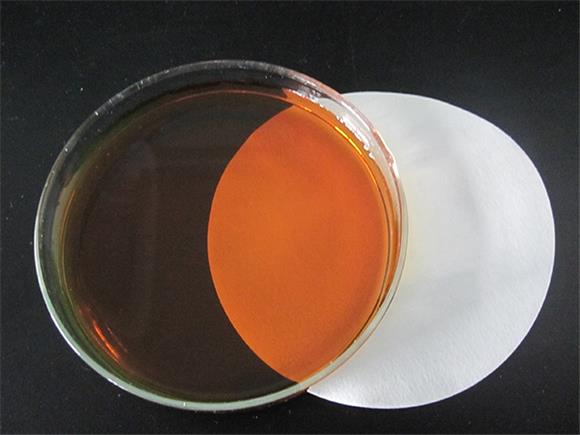
News
Kas . 17, 2024 12:54 Back to list
Exploring the Properties and Applications of Boc-L-Aspartic Acid
The Significance of BOC-L-Aspartic Acid in Biochemistry
BOC-L-aspartic acid, or N-tert-Butyloxycarbonyl-L-aspartic acid, is an important derivative of the naturally occurring amino acid aspartic acid. Derived from the amino acid itself, BOC-L-aspartic acid serves a pivotal role in biochemistry, particularly in peptide synthesis and protein engineering. This compound exhibits unique properties that make it valuable in various scientific applications, including pharmaceutical research and synthetic biology.
Chemical Properties and Structure
As a derivative of aspartic acid, BOC-L-aspartic acid retains the core structure of the amino acid while incorporating a tert-butyloxycarbonyl (BOC) protecting group. This BOC group is crucial during peptide synthesis, where it helps to protect the amino group of aspartic acid from undesired reactions. This chemical protection allows for greater control over the synthesis process, allowing chemists to manipulate various functional groups within a molecule without affecting the overall integrity of the peptide being created.
BOC-L-aspartic acid's molecular structure helps facilitate the formation of peptide bonds, making it integral in constructing peptides and proteins. By offering a robust method for protecting and activating the amino acid, BOC-L-aspartic acid has become a staple in the toolkit of biochemists. Its versatility is one of the primary reasons why it has gained attention in both academic and industrial settings.
Applications in Peptide Synthesis
boc l aspartic acid

Peptide synthesis is foundational in biochemistry and molecular biology. Researchers frequently employ Fmoc or BOC strategies to build peptides sequence by sequence. BOC-L-aspartic acid, in particular, is often used in solid-phase synthesis protocols. This method benefits from the ability to add amino acids stepwise while ensuring the desired sequence is achieved with precision. The BOC protecting group is typically removed under acidic conditions, allowing the synthesis to progress without compromising the integrity of the amino acids involved.
Furthermore, the capacity to introduce BOC-L-aspartic acid into larger peptide sequences enables the study of proteins and enzymes in a controlled environment. These proteins can be utilized for various applications, including drug development, where understanding the structure-function relationship is crucial.
Role in Therapeutic Development
In therapeutic development, BOC-L-aspartic acid's ability to form stable peptide bonds means it can be used to create peptides that interact with specific receptors or enzymes in the body. These peptides may serve as drug leads or as components in targeted therapy approaches for diseases such as cancer or metabolic disorders. Because aspartic acid is involved in numerous biological processes, including neurotransmission and metabolism, incorporating its derivatives like BOC-L-aspartic acid allows scientists to design molecules that can more effectively mimic or inhibit biological functions.
Conclusion
In conclusion, BOC-L-aspartic acid plays an essential role in the landscape of biochemistry and molecular biology. Its protective properties during peptide synthesis, coupled with its applicability in therapeutic development, make it a significant molecule for researchers and pharmaceutical scientists alike. As methodologies evolve and more sophisticated synthesis techniques are developed, the importance of compounds like BOC-L-aspartic acid will undoubtedly continue to grow, contributing to advancements in understanding biological processes and developing novel therapeutic agents. The ongoing research surrounding this compound underscores its relevance and transformative potential within the scientific community.
-
Polyaspartic Acid Salts in Agricultural Fertilizers: A Sustainable Solution
NewsJul.21,2025
-
OEM Chelating Agent Preservative Supplier & Manufacturer High-Quality Customized Solutions
NewsJul.08,2025
-
OEM Potassium Chelating Agent Manufacturer - Custom Potassium Oxalate & Citrate Solutions
NewsJul.08,2025
-
OEM Pentasodium DTPA Chelating Agent Supplier & Manufacturer High Purity & Cost-Effective Solutions
NewsJul.08,2025
-
High-Efficiency Chelated Trace Elements Fertilizer Bulk Supplier & Manufacturer Quotes
NewsJul.07,2025
-
High Quality K Formation for a Chelating Agent – Reliable Manufacturer & Supplier
NewsJul.07,2025
